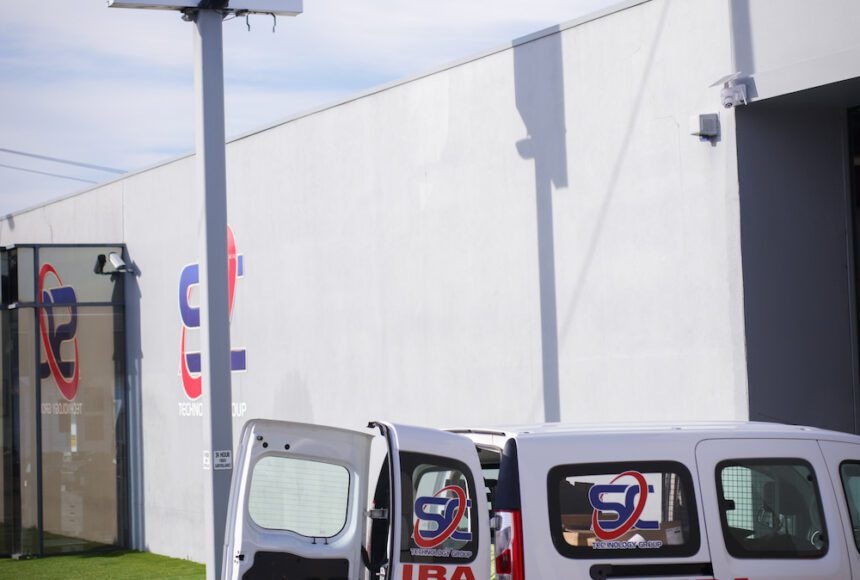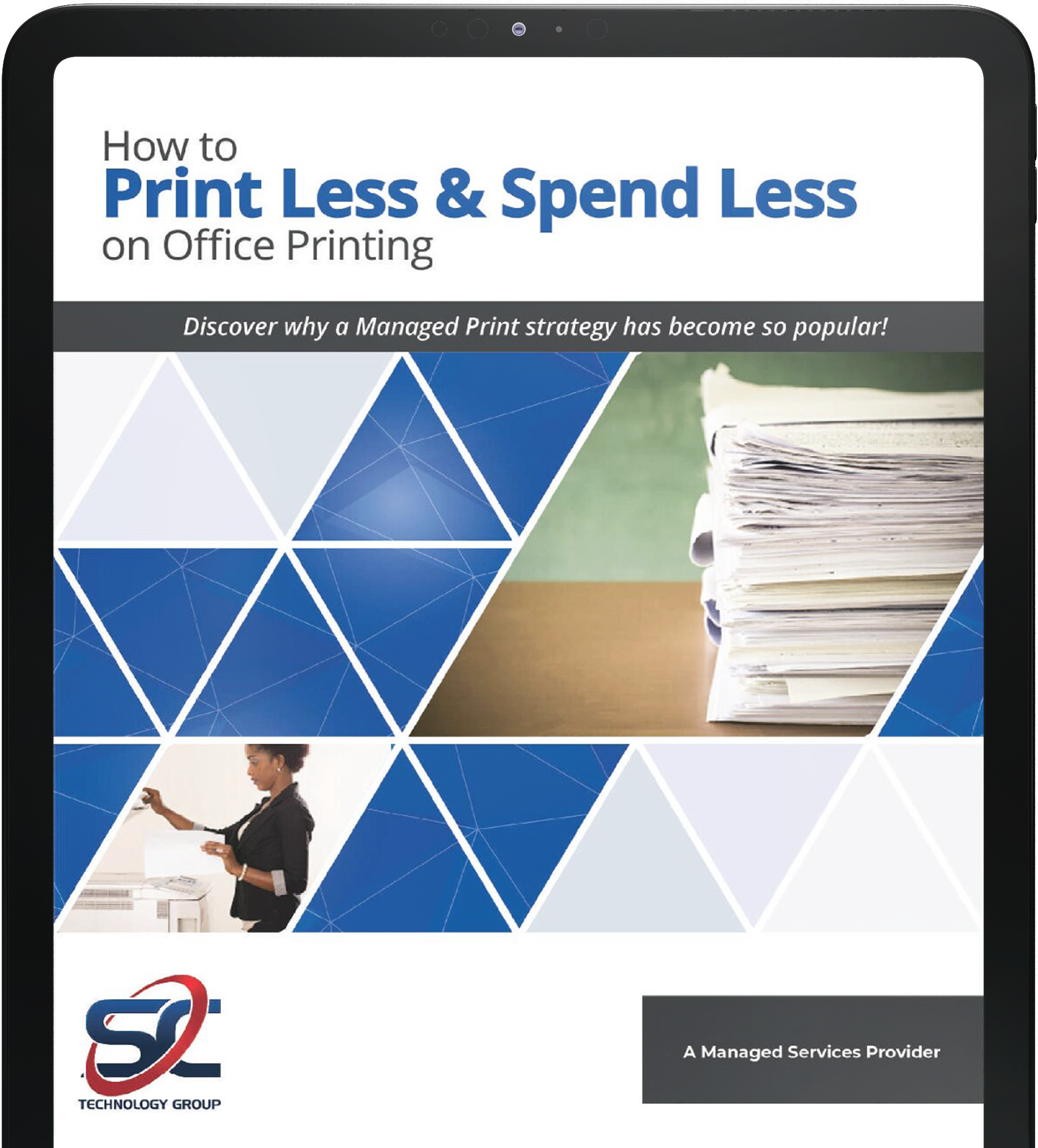
By: Quay Consulting
In his book titled RIP Rest In Print: From Office Printing to the Rise of Managed Services (First Rock Media 2014 – www.first-rock.com) Mitchell Filby poses a very contemporary question “to print or not to print?”
Printing paper is a tangible function in most business environments, be it for distributing or storing information. The concept of a paperless office has been a goal for organisations for more than three decades. However the reality is that going paperless is not a simple paper-to-digital conversion exercise.
The accountants among us can crunch the numbers and come up with the business case for not printing. The more environmentally conscious will stand side-by-side and champion the environmental benefits of saving the 230kg of paper used on average by each Australian every year. Add in the voices of marketers, content providers and technologists who join in the paper-free chorus of wanting to pass information quickly and as widely as possible by the many digital channels open to them.
So if the case for no print is so strong and the technology has been available for quite some time, why are there so few organisations that have fully adopted and implemented the paperless office?
The enablers and inhibitors of a paperless reality
Transactions are becoming increasingly paperless as technology and automation become part of the standard workflows in business. The massive uptake of cloud-based solutions and the increasing use of mobile technologies are allowing even the smallest business to leverage applications that support a paperless world – both internally and externally with a connected customer base.
Despite the desire of many businesses to forgo paper in favour of a digital-only environment, the ability to transform the business relies on having the right enablers and removing the inhibitors. Despite the take up of digital technologies a significant amount of complexity remains to remove all paper from an end-to-end process due to the complexity of the processes.
Take Accounts Payable for an example. We can look at the various workflows and related documents the invoice travels in an organisation. At a glance, accounts payable may generate:
◾ A quote request
◾ Acceptance of the quote
◾ An order confirmation
◾ A delivery docket
◾ Acceptance certificate
◾ Inventory note
◾ An accounts payable invoice or tax invoice
In order for this process to become paperless, each of these systems and record changes must be able to be generated electronically within a workflow, matched, digitally approved and stored in a format that allows efficient retrieval and audit.
Some hybrid-solutions are also in place with OCR scanning maturing allowing paper to be converted to digital. Improvements in how tablet apps and back-office software integrate are also allowing for ‘digital signatures’ and the ‘paper trail’ to become more integrated and transparent at different points in the workflow.
Economics, efficiency and effectiveness are providing the impetus for more and more back office processes becoming automated however there is a long way for this to go due to the breadth of the changes required and the complexity.
A cultural and behaviour shift
The other major inhibitor to going paperless is user behaviour and cultural change. Despite the significant increase in Australians using multiple devices on a daily basis (PDF, Deloitte Australia, July 2014), there are some productivity challenges that remain in how people work within our businesses.
For example, how many meetings have you sat in where people are writing notes in the margin, scribbling their thoughts and key points on the paper in front of them and carrying around print outs of their calendars and notebooks?
While many of us use tablets or mobile phones in our daily work environment, academic studies have shown that for most of us, the tangible act of writing down our notes on paper helps most of us retain information more effectively.
As Filby notes in his book, research from Scientific American suggests “people often understand and remember text on paper better than on screen. Screens may inhibit comprehension by preventing people from intuitively navigating and mentally mapping long texts. In general screens are also more cognitively and physically taxing than paper”.
We also still rely on paper to collaborate, inform and work within business processes. Why?
◾ It’s partly the way we work. Many employees often refer to paper while at the same time as working on a computer for crosschecking or reference.
◾ Many of us still prefer to review the work of others on paper because it’s easier to edit or correct than it is on screen.
◾ We remember more. The act of writing on paper seems to help many of us retain information.
◾ Paper helps with collaboration more effectively than a tablet, particularly in meetings.
◾ The perception that paper delivery is more formal and therefore of greater importance.
That’s not to say the shift isn’t happening. Cloud-based options, as mentioned above, are fuelling the move towards using less paper and as the global workforce is increasingly on the move, the ability to access, engage, share and communicate in an agile way is driving change.
US company Evernote is leading the charge in this regard, with more than 50 million users worldwide adopting the company’s suite of apps that are designed to improve collaboration, reduce reliance on paper and capture ideas.
While its business offering is still small, more than 600 Australian companies have taken it on board, allowing for better collaboration between teams, building processes and improving productivity. Being device neutral has been a critical part of its success.
A paradigm shift
It’s been said that in digital, a year is like a decade; such is the speed of innovation and change. The number of Australians owning 3 (or more) electronic devices grew from 28% in 2013 to 53% in 2014, typically including a smartphone, a tablet and a laptop (Deloitte Australia, July 2014).
But it takes time for that shift to translate into how we work.
A paperless paradigm is a significant shift from how we have been taught to function in the workplace. When you consider how long paper has been part of our working lives, it’s understandable that the shift to digital document management systems may meet resistance.
There is hope that Generations Y and Z (and those that follow) will continue to forge ahead with the paperless path, given that paperless is what they know and how they are now being taught. It’s the dinosaurs among us that persist with the reliance on paper and its pivotal role in organisations.
The shift to digital consumption of information has already shown that Australians are keen to embrace digital technologies, though the way that content is provided is likely to continue to change to meet the needs of tomorrow’s consumers.
Infrastructure
Living in a no print world means the consumers – both at home and at work – need to be connected and to be connected they need a device, a network and an application that can all work together to display and consume the digitised content.
As broadband rolls out nation-wide, applications are increasingly being accessed as a service in the cloud and can be delivered to any device thus inhibitors currently posed by limited infrastructure will decline significantly.
In fact, architecting a paperless transformation requires careful consideration of the core transactions and processes of an organisation at the outset.
A slow evolution
We can’t attempt to address all of the enablers and inhibitors in going paperless in this article. That Filby wrote a whole book about it shows that there is plenty more to say.
We believe, as does Filby, that by selecting a handful of core processes that lend themselves to digitisation can deliver a significant improvement within the limitations of the current state of printing and sets the pathway to transform.
Free Guide: How to spend and print less in your business
Discover why a Managed Print strategy has become so popular! Download the free guide today!
"*" indicates required fields




 SC Technology Group are the exclusive Toshiba Business Technology supplier for Geelong and Ballarat, we offer proven solutions that's been helping companies for over 28 years.
SC Technology Group are the exclusive Toshiba Business Technology supplier for Geelong and Ballarat, we offer proven solutions that's been helping companies for over 28 years.


